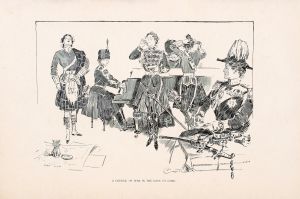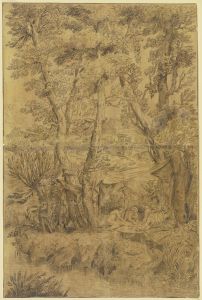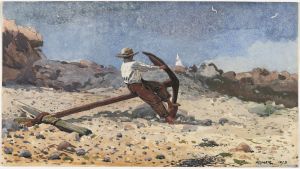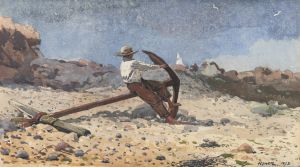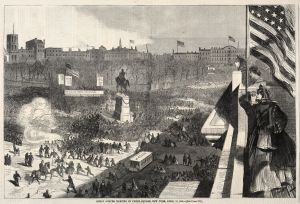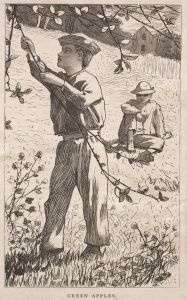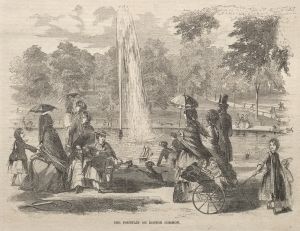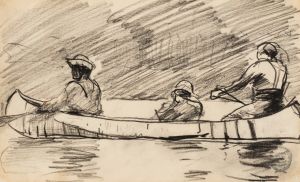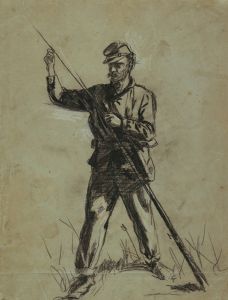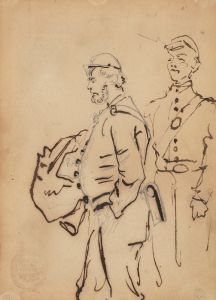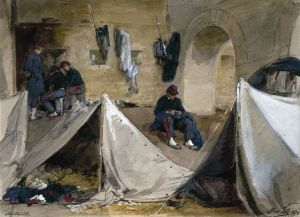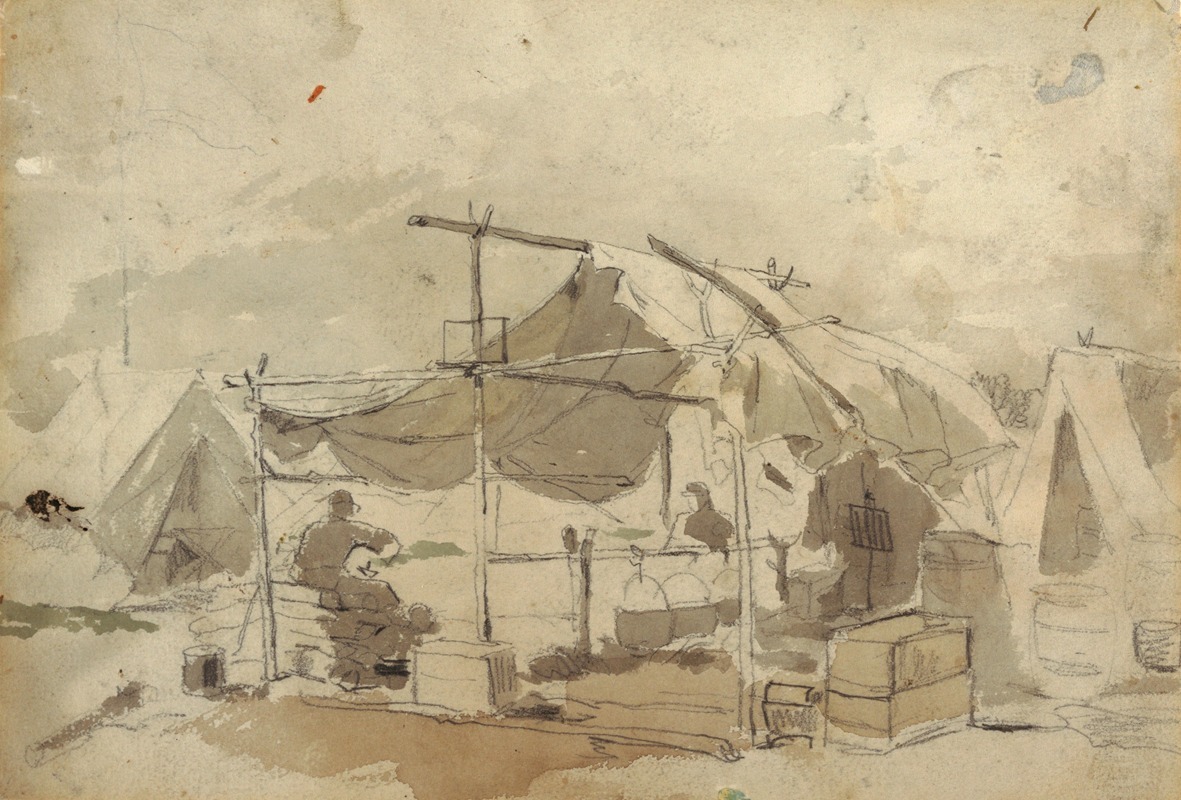
Army Cook’s Tent
A hand-painted replica of Winslow Homer’s masterpiece Army Cook’s Tent, meticulously crafted by professional artists to capture the true essence of the original. Each piece is created with museum-quality canvas and rare mineral pigments, carefully painted by experienced artists with delicate brushstrokes and rich, layered colors to perfectly recreate the texture of the original artwork. Unlike machine-printed reproductions, this hand-painted version brings the painting to life, infused with the artist’s emotions and skill in every stroke. Whether for personal collection or home decoration, it instantly elevates the artistic atmosphere of any space.
"Army Cook’s Tent" is a painting by the renowned American artist Winslow Homer, who is celebrated for his depictions of American life and landscapes in the 19th century. This particular work is part of Homer’s series of Civil War-themed paintings, which he created during and after his time as an artist-correspondent for Harper’s Weekly, a popular illustrated periodical of the time.
Winslow Homer was born on February 24, 1836, in Boston, Massachusetts. He began his career as a commercial illustrator and gained recognition for his work during the American Civil War. His experiences during the war had a profound impact on his art, leading him to create numerous works that captured the realities of wartime life. "Army Cook’s Tent" is one such painting that reflects his keen observation and ability to convey the everyday experiences of soldiers.
The painting depicts a scene from a military camp during the Civil War, focusing on the tent of an army cook. Homer’s attention to detail is evident in the way he portrays the cook engaged in his duties, preparing food for the soldiers. The composition of the painting is both simple and effective, highlighting the mundane yet essential role of the cook in the army. The setting is typical of a military encampment, with the tent serving as the central element of the composition.
Homer’s use of color and light in "Army Cook’s Tent" is characteristic of his style during this period. He employs a muted palette, which reflects the somber mood of the war, while also using light to draw attention to the cook and his activities. This technique not only emphasizes the subject but also creates a sense of realism and immediacy, inviting viewers to step into the scene and experience it firsthand.
The painting is notable for its focus on the everyday aspects of military life, rather than the battles and heroics that are often associated with war art. This approach is consistent with Homer’s broader body of work, which frequently explores themes of ordinary life and the human condition. By highlighting the role of the army cook, Homer acknowledges the contributions of those who worked behind the scenes to support the war effort, offering a more comprehensive view of the Civil War experience.
"Army Cook’s Tent" is an example of Winslow Homer’s ability to capture the essence of his subjects with clarity and empathy. His work during the Civil War period is highly regarded for its historical significance and artistic merit, providing valuable insights into the lives of those who lived through this tumultuous time in American history.
Today, Winslow Homer is considered one of the foremost American painters of the 19th century, and his Civil War paintings, including "Army Cook’s Tent," continue to be studied and admired for their contribution to American art and history.





